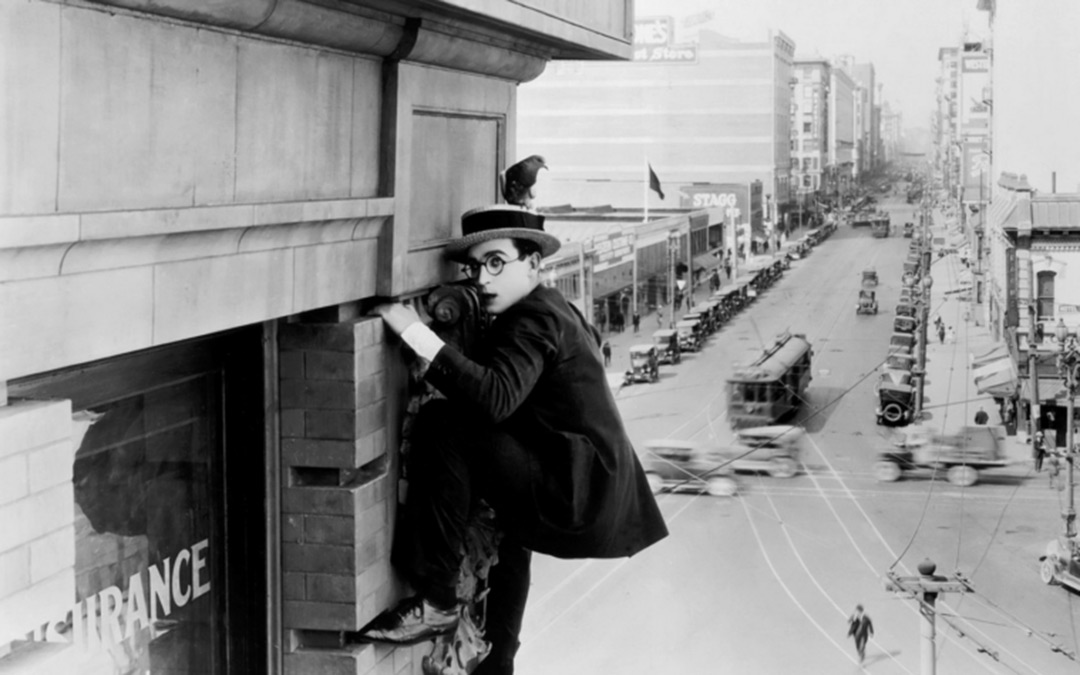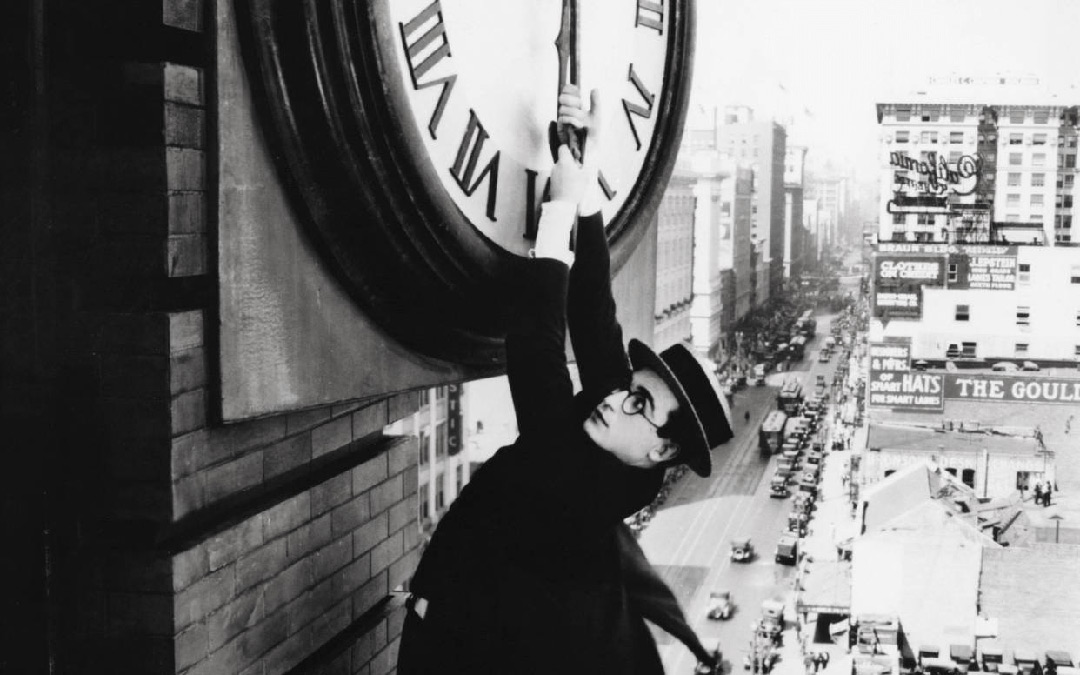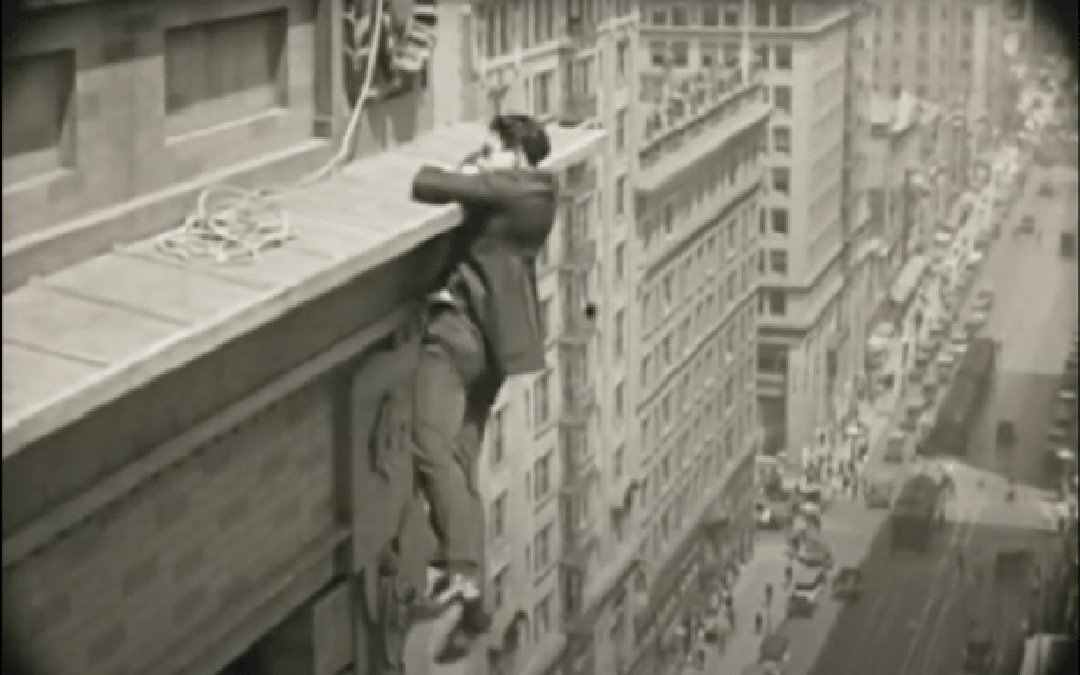Gorilla in the room was named after The Invisible Gorilla experiment which won the Ig Nobel Prize for demonstrating inattentional blindness in everyday life. It was an appropriate name for a company founded on behavioural science and technology based on visual processing. The Invisible Gorilla experiments showed that, rather than instantly seeing a complete scene, people’s eyes move around 2-3 times a second to build a picture of their environment.
We often get asked whether augmented reality (AR) and virtual reality (VR) are realistic enough, especially when the field of vision on mobile phone screen or VR headset is smaller than actual human sight. The answer is ‘yes’ as we process small pieces of the scene and build the complete picture in a similar way to our naked eyes process scenes in front of them.
So, what does this have to do with watching back-catalogue TV shows? People of my age may well remember the school holidays in the 80’s where, for our entertainment, the BBC served up old TV series with delights like Champion the Wonder Horse, Robinson Crusoe and collections of Harold Lloyd silent movie clips, one of cinemas most successful early shows. This was one of my favourite childhood shows so, when a Harold Lloyd documentary was on recently, I switched off Netflix and took a trip down memory lane.
To my surprise, I saw a long-standing example of inattentional blindness which I hadn’t noticed before. Harold Lloyd’s famous scene involved him climbing the outside of a building and precariously hanging off a clock a few stories up. It’s an iconic scene that many films have since given a nod to – yet I hadn’t realised this famous scene was completely dependent on inattentional blindness.
The scene is filmed in three different stages; lower down (nearly getting knocked off by a plank), higher up (near the clock) and at the top of the building. Was Harold Lloyd a devil-may-care stuntman or could this, impossible at the time, be CGI wizardry at work? The answer is surprisingly simple. They built sets on three different buildings in LA and then shot three scenes separately so, had Harold fallen, he’d have only dropped a few feet onto a safety mat.
The flaw in the production was the background changed for each scene but, alas, nobody noticed! Thanks to inattentional blindness – you only focus on the hero.
Dr Ali Goode, Cognitive Scientist, Gorilla in the room.





Recent Comments